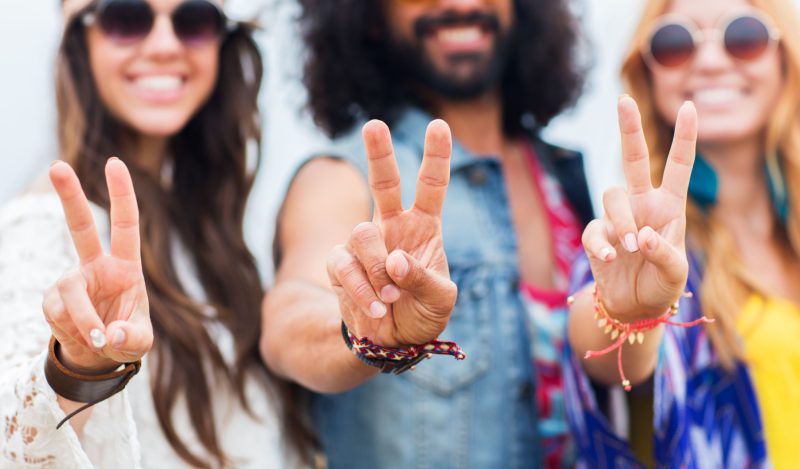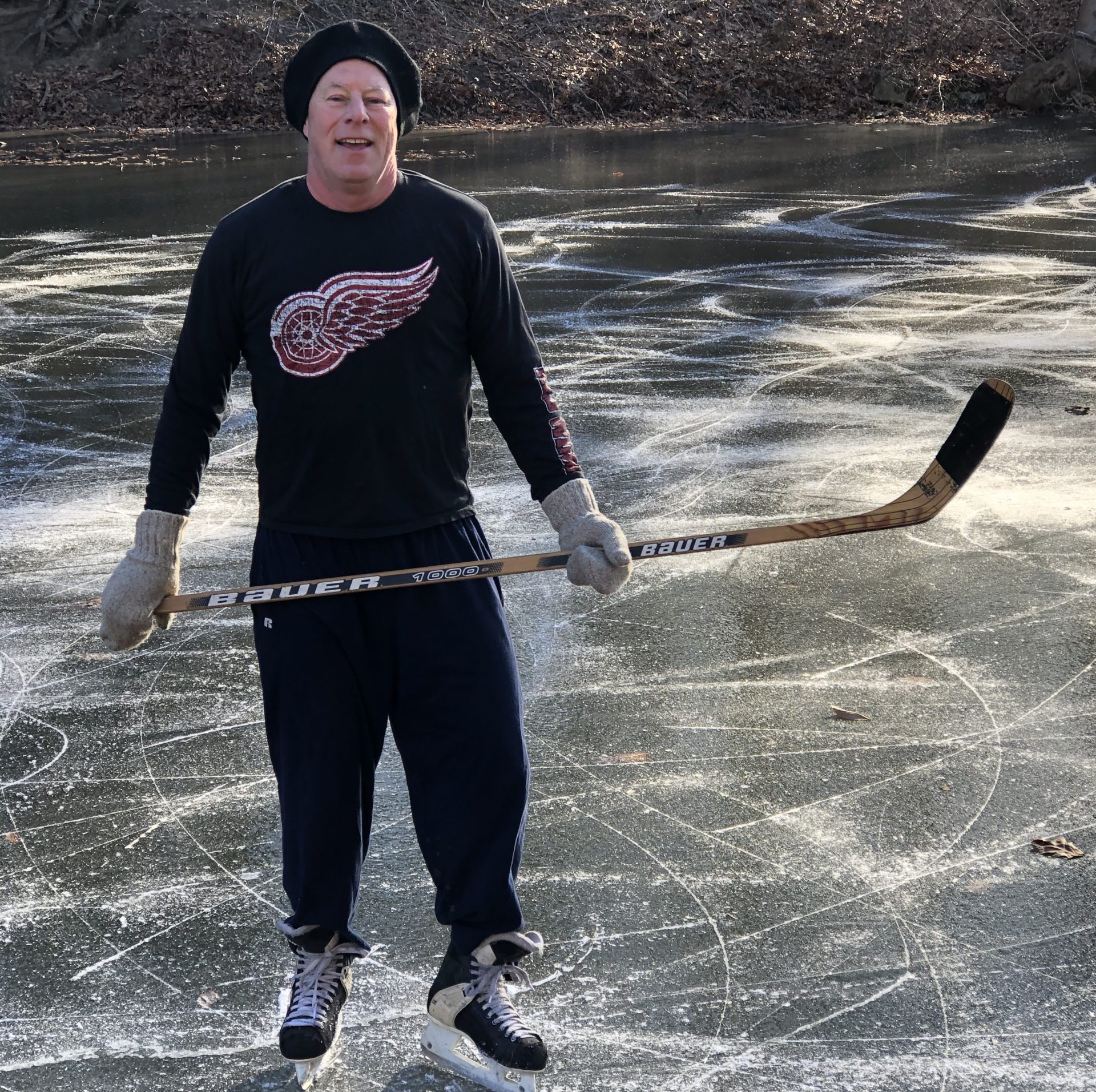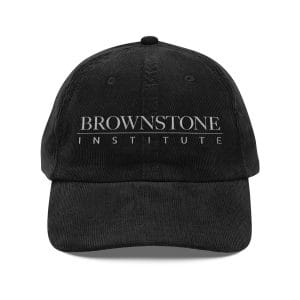Many 2020-22 Americans, who consider themselves more sophisticated than their 1950s counterpart, nonetheless embraced Coronamania’s nonsensical lockdowns, school closures, masks, testing, and vaxxes.
What cultural changes caused people to go from the radical, “anti-Establishment” 1960s and cynical Watergate/post-Vietnam/“Do your own thing” 1970s to the gullible, government-believing/medical expert-worshiping 2020s?
As usual, I’ll begin with a contextualizing, slice-of-life story; two prosaic stories this time, which occurred fifty years apart.
In 1972, my father was an electrician in an auto assembly plant. His employer provided hospitalization coverage for our family. My parents paid any other medical or dental bills out-of-pocket. That winter, I broke my leg doing sports. After an exam, X-rays and the application of a full-leg plaster cast, my mother wrote the Friday night, on-call, non-hospital general practitioner, oddly named Dr. Ailes, a check for $400. I felt guilty that my parents spent a week of my father’s take-home pay on me. But at least his employer didn’t pay anywhere near $23,000/year in insurance premiums to cover a family, as do today’s employers. So presumably, my father, and millions of others like him, got more take home pay than if his employer had paid the high premiums for all-inclusive medical insurance. And his employer could afford the wages/benefits of 5,700 American workers at his since-closed, Mahwah, NJ plant.
In contrast, in 2022, my 30-year-old daughter broke her leg when she was struck, thankfully(?) at low speed, by a car in the South Bronx, where she teaches at a public charter high school. Though her X-ray showed a fracture less thorough than mine, her medical bills, including for an operation, exceeded $35,000, against which she made a comparatively tiny insurance copayment.
The way medicine is paid for and, thus, practiced has changed dramatically since 1960. After 1965, when Medicare and Medicaid began, both publicly and employer-based funded medical insurance coverage expanded continuously. More people were insured and, gradually, were covered for a wider range of treatments. Overall, medical expenditures increased from 5 percent of GDP in 1960 to 19.7 percent in 2022. One of every five American dollars is now spent on medicine.
As the river of medical insurance subsidies became deeper and wider, businessmen and women predictably dipped their buckets into it. A juggernaut comprising Med/Pharma companies, government agencies and universities built many hospitals and developed innumerable new medical procedures, machines, devices, and drugs. Broken leg repair, and nearly every other medical treatment, became far too expensive for most people to pay for with their own money. New meds costing tens of thousands of dollars per user per year, organ transplants, IVF, sex changes, et al., all became insurance-funded.
Such TV hospital shows as ER and Grey’s Anatomy and softly sunlit, slow-piano-soundtracked Pharma and mega “hospital system” ads and demagogic political rhetoric created the mass misimpression, discussed by Ivan Illich in Medical Nemesis, that everyone owed their survival to hospitals and drugs. Such sponsorship bought the media’s loyalty and shaped news coverage, most notably during “The Pandemic.”
Modern medicine is often incorrectly credited for adding many years to life. Life expectancy did increase from 70 in 1960 to 77 in 2015. But during that period, many quit smoking. While 52 percent of adults smoked in 1960, by 2010, only 15 percent did. Smoking typically shortens lives by 10 years. Additionally, during those fifty years, jobs and cars became much safer; fewer people died in their prime, thus lifting the average life span.
Despite the annual infusion of a trillion dollars of Affordable Care Act subsidies, on top of other public and private medical insurance dollars, American life expectancy has virtually flatlined since 2010. Nonetheless, people increasingly believed that modern medicine could always do something to extend or improve everyone’s life, no matter how old or sick they were. And since insured individuals didn’t have to pay for these treatments, why not try them?
Many Americans suffer from chronic ailments arising from diet, inactivity, dysfunctional culture, and age. America has gotten much fatter since the 1960s. In 1980, 15 percent of Americans were obese. Now, 32 percent are. Daily life is different: 2020s Americans are far less active, spend much less time face-to-face with others, report less religious faith and fewer community affiliations, and more have jobs that entail solitarily doing unsatisfying, sub-portions of projects and spend much other Net-surfing time in front of computer screens than did 1960s Americans. For these reasons, and others, tens of millions swallow daily anti-depressants and anti-anxiety pills. Tens of millions more self-medicate.
The medical system’s ever-growing proclivity to name diseases, which largely encompassed symptoms of overall degeneration/aging/overweight/high blood sugar, made Americans fear a “novel” virus far more than they should have. Overestimating medicine’s ability to rescue fundamentally unwell people also caused most people to defer to individuals with medical titles to shepherd them through the wildly exaggerated Covid crisis.
With my leg in a full-length plaster cast for eight weeks in early 1972, I watched an overabundance of TV. The national/international news lasted 30 minutes/day including ads for cars, soap and razor blades. During my recovery, I read the North Jersey newspaper, which, at least to a 14-year-old, seemed not to have strong political emphasis or bias. The paper cost only 25 cents a day because it was funded by a vast array of ads, mostly for brick-and-mortar businesses. The Classifieds alone took up dozens of pages, in eye-straining print.
At least three post-1972 media changes radically changed America.
First, in the early 1980s, CNN initiated 24-hour news programming. Round-the-clock news made people feel that critically important stuff was always happening somewhere and that government officials were always needed to manage these crises. People believed they needed to stay tuned so that they could protect themselves from ubiquitous, perpetual peril. Just as the swelling river of insurance money overmedicalized America, the swelling river of news coverage created news junkies. These addicts later kept vigils in front of fake Covid death tickers and case counts, and fretted about and cited these phony stats.
Second, when, in the mid-1990s and following, Craig’s List, eBay, Facebook Market and other Net ad sites began to operate, print newspapers lost massive amounts of ad revenue. In reaction, they either sharply downsized or went out of business. Most post-1990 news coverage centered on national and international events. Consequently, people paid less attention to their own neighborhoods, municipalities, regions and states, and to their own eyes. Newspaper revenue losses also curtailed investigative journalism; papers couldn’t pay reporters to persist on stories that required extensive research.
Third, by comparison, when my daughter was recovering in her 2022 half-leg Velcro cast, most got their news from such online news sources as Google News or Yahoo News or online versions of legacy newspapers.
Latter day electronic newspaper purveyors like the New York Times, the Washington Post and the Guardian know their base’s Leftist bias and, in order to encourage affirmation-seeking partisans to buy subscriptions, pander to readers by presenting polar perspectives. Skewing news coverage also enables Web news sites to draw traffic and allows advertisers to target demographically unambiguous audiences. Today, prescription drug and hospital ads underwrite the news.
Thus, news became increasingly driven by political narratives and political commentary. In contrast to 1972, even-handed journalism has diminished. Med/Pharma typically receives favorable coverage. News purveyors don’t bite the advertising hand that feeds them. Stories of medical crisis and medical heroism, already common before 2020, were portrayed non-stop during “The Pandemic.” If a bipartisan media had asked obvious questions about the Covid overreaction, more viewers/readers would have seen the Scamdemic.
Moreover, if, in 2020, Americans had consumed less daily news and/or been more locally-focused, as they were in 1960—they wouldn’t have felt as threatened by a respiratory virus. Seeing that the many people whom they knew or encountered in-person were fine, they wouldn’t have been panicked by images of individual hospital patients on ventilators in distant states or countries. If they had passed their local hospitals, they wouldn’t have seen lines outside. If they had spoken to hospital staff, they would have heard that most lockdown-era hospitals were ghost towns. (Though they might have surmised this from the dancing-nurse-team TikToks). It was easy to scare socially isolated people who took their worldview from TVs or computer screens, instead of from the world that they could directly observe.
Overall, by March, 2020, Americans were older (because they smoked less and had safer jobs and cars), fatter, had sweeter blood, watched more—and more biased—news, overvalued medical interventions, were more atomized and willing to stay home, had a weakened sense of purpose, were more fearful, and their minds were more psychoactively drug-impaired and were more politically-focused and polarized than in 1960. They were easy prey for propagandists selling a narrative of universal, mortal threat and medical/governmental salvation. Most people didn’t want to be challenged or confused by facts or discussion. The media sold crisis, and news junkies snapped it up to satisfy their addiction.
Relatedly, unlike 1960s and 1970s protests, in 2020-21, lockdown protests were banned. When protests occasionally occurred, the media didn’t report them, just as it never put their dubious statistics in perspective. Seeing others expressing disagreement with the apocalyptic narrative would have “given permission” to viewers/readers to perceive the Covid overreaction and to express dissent.
It was easy to convince the many people starved for meaning that they should hide from others—and, later, wear masks and take tests and shots—to save lives. Investing emotional energy into solving a perceived problem made many feel heroic as they whiled away hours alone in front of TVs or computer screens. Disengagement became a form of engagement. Fear became a virtue. Supporting lockdowns, school closures, masks, and shots was a form of Democratic political activism; as long as they could oust Trump, they disregarded the harm caused. Those Republicans, Greens, or Libertarians who bought in were low-information chumps, as was Trump himself.
Ultimately, America’s self-image as free thinkers may long have been more delusion and hype than reality. During any period I can remember, I’ve seen people follow the crowd, seemingly because they’re afraid of being disliked.
Americans like to signify rebelliousness and cynicism. But wearing sassy t-shirts, getting tattoos and piercings, or attending Woodstock, Bonnaroo or Burning Man doesn’t make people rebels. To the contrary, following ostensibly edgy fashions manifests a “variant” of conformism. Repeating tropes one hears on TV, radio or the Net reveals susceptibility to peer pressure, not insight. The vast majority of body-inkers or pink/blue/red/green hair-dyers injected mRNA, despite that those their age were at zero Covid death risk and there was no proof—only baseless, ceaseless government assertion—that the shots would “stop the spread.”
Whether my analysis of cultural changes in America during the past sixty years contains errors and/or omits some stuff—these posts have a de facto word limit, but please let me know what I’ve missed—contemporary Americans shouldn’t kid themselves: they aren’t smarter or more willing to ask questions than were their “white bread/Levittown/” 1950s’ counterparts. To the contrary, the past 40 months show that, despite perceiving themselves as well-informed independent thinkers, Americans are more vulnerable to propaganda and less willing than ever to question media/government narratives and PC slogans.
Reposted from the author’s Substack
Join the conversation:


Published under a Creative Commons Attribution 4.0 International License
For reprints, please set the canonical link back to the original Brownstone Institute Article and Author.









